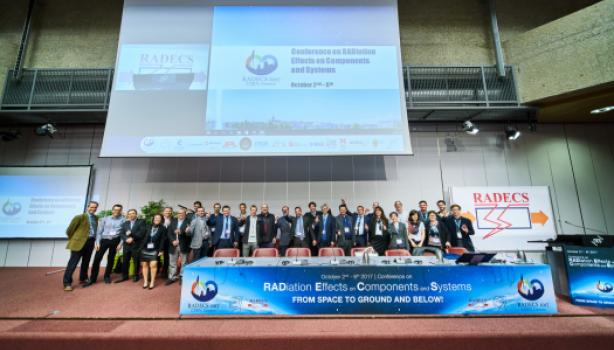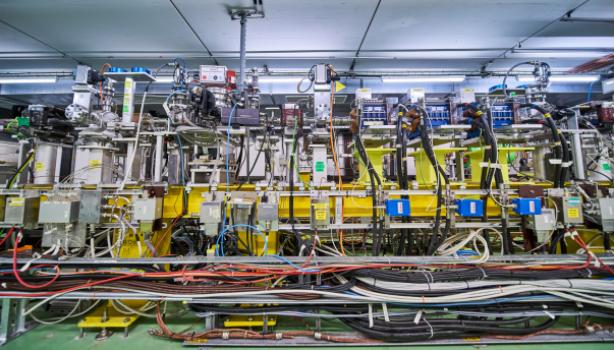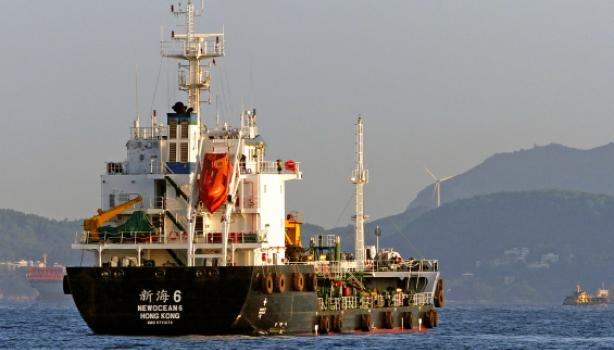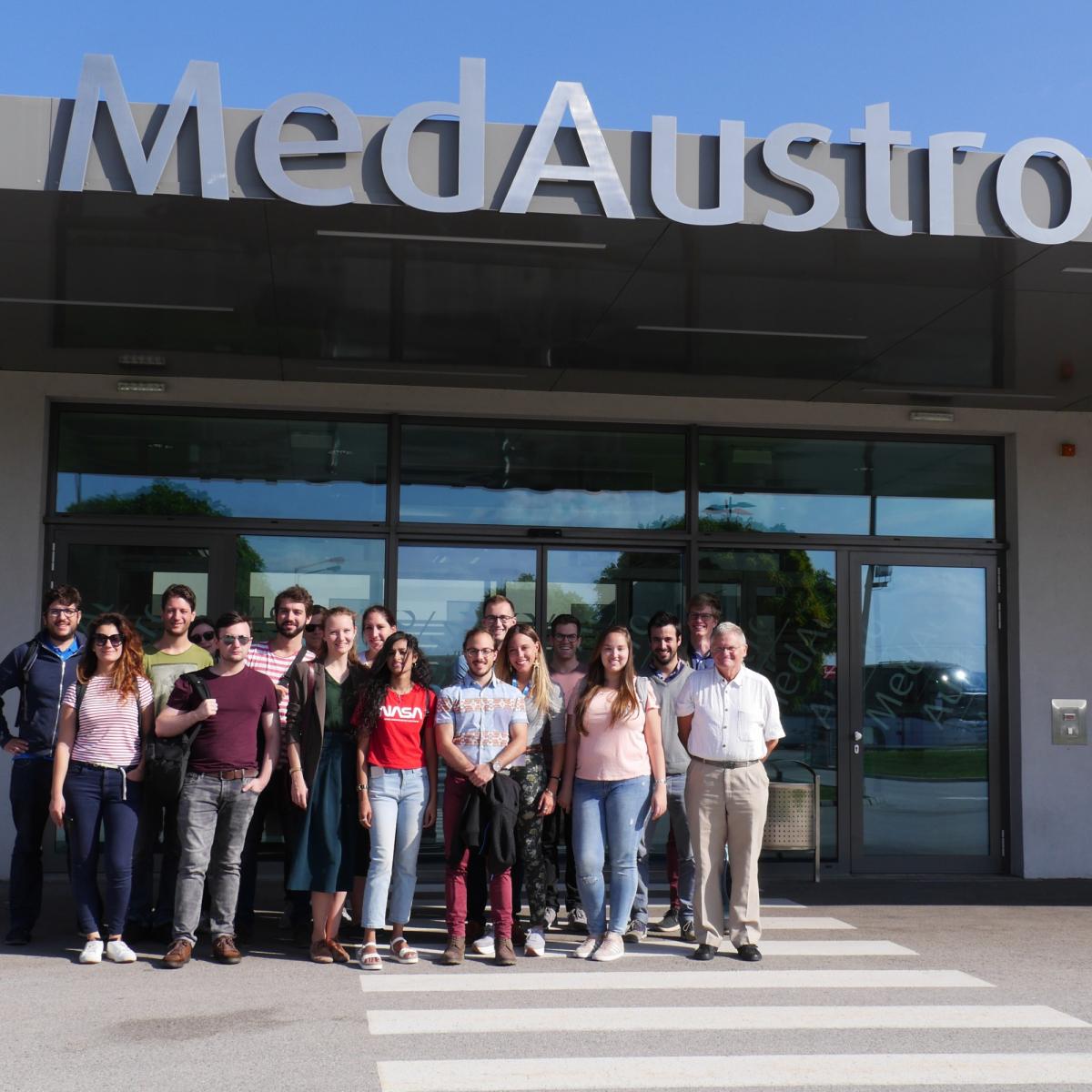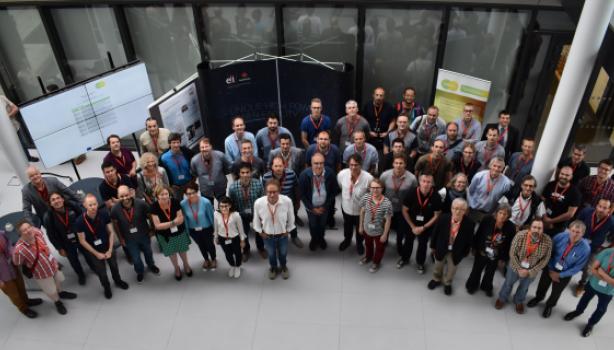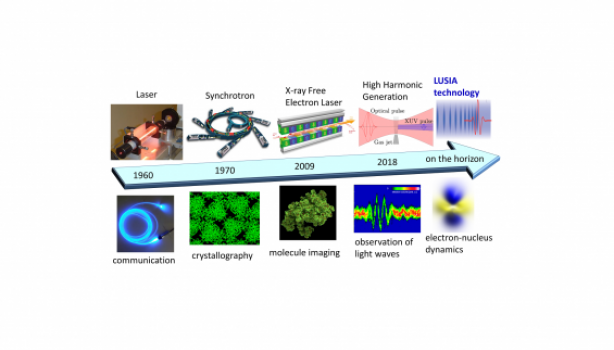The upgrades performed during Long Shutdown 2 (LS2) will allow the ALICE experiment to operate at higher luminosities than before, starting from the next run of the LHC. A higher luminosity means a higher number of collisions in the detector every instant. Yet, during heavy-ion collisions, which is the speciality of the ALICE experiment, a wider variety of particles are generated than in proton collisions. And some of these particles escape from the detector and fly alongside the beam trajectory. Two additional collimators must therefore be installed around the experiment, one for each exiting beam, to remove the particles deviating from the beam trajectory before they can reach the superconducting magnets. Indeed, particles hitting a magnet cooled down at 1.9 K (-271°C) cause it to heat up, resulting in a loss of its superconducting state.
To host these collimators, two innovative cryostat units have been inserted along the continuous cryostats of the LHC, on both sides of LHC Point 2, where the ALICE experiment is located. These units allow a collimator that has to operate at room temperature to be inserted along the beam lines, while still ensuring continuity of all the other lines of the magnets system: that is why they are called bypass cryostats. This upgrade is part of the High-Luminosity LHC (HL-LHC) project, whose first components have already been put in place in the LHC tunnel during the first part of LS2.
“These new bypass cryostats have been designed to host a TCLD (Target Collimator Long Dispersion suppressor) collimator, while connecting two adjacent cryostats to ensure the continuity of the vacuum, the cryogenic lines and the superconducting electrical cables,” explains Délio Ramos of the TE department, project engineer responsible for the magnet cryostats. The same type of bypass units will be used around LHC Point 7 for the installation of two TCLD collimators: in this case, they will be housed between two new 11-Tesla superconducting dipole magnets, which are among the most innovative equipment to be installed for HL-LHC during LS2.
At the beginning of the year, both the bypass cryostat units have been installed and interconnected and the first collimator has been installed on one side of ALICE; the second one will take up residence later this year. These collimators, which were developed alongside the new bypass cryostats, are much more compact than standard collimators. Nonetheless, a pre-existing 13-metre-long LHC cryostat unit, a so called connection cryostat as it ensures continuity between adjacent magnets, had to be replaced by two new ones, of a new design. These new connection cryostats are shorter (around 5 m long each) so that they can be placed, with the bypass cryostat in between, within the original 13-metre allocated slot.

Like every connection cryostat, these new short connection cryostats ensure the continuity of electrical powering, cooling and vacuum in the magnet system, though they do not contain magnets. “As for the previous connection cryostats, the new short ones also have to ensure a beamline support and alignment which guarantee a positioning accuracy of within 0.5 mm over the cryostat’s length,” explains Arnaud Vande Craen, the TE department’s engineer-in-charge of connection cryostats. “We had to develop a smaller version of these connection cryostats fitted with an interface that is compatible with the bypass.” The new short connection cryostats have been developed and manufactured in three years.
This project has been carried out thanks to collaboration between various teams in the Accelerators and Technology sector, which comprises the BE, EN and TE departments.

